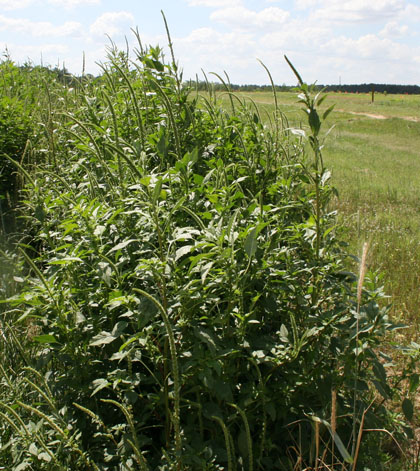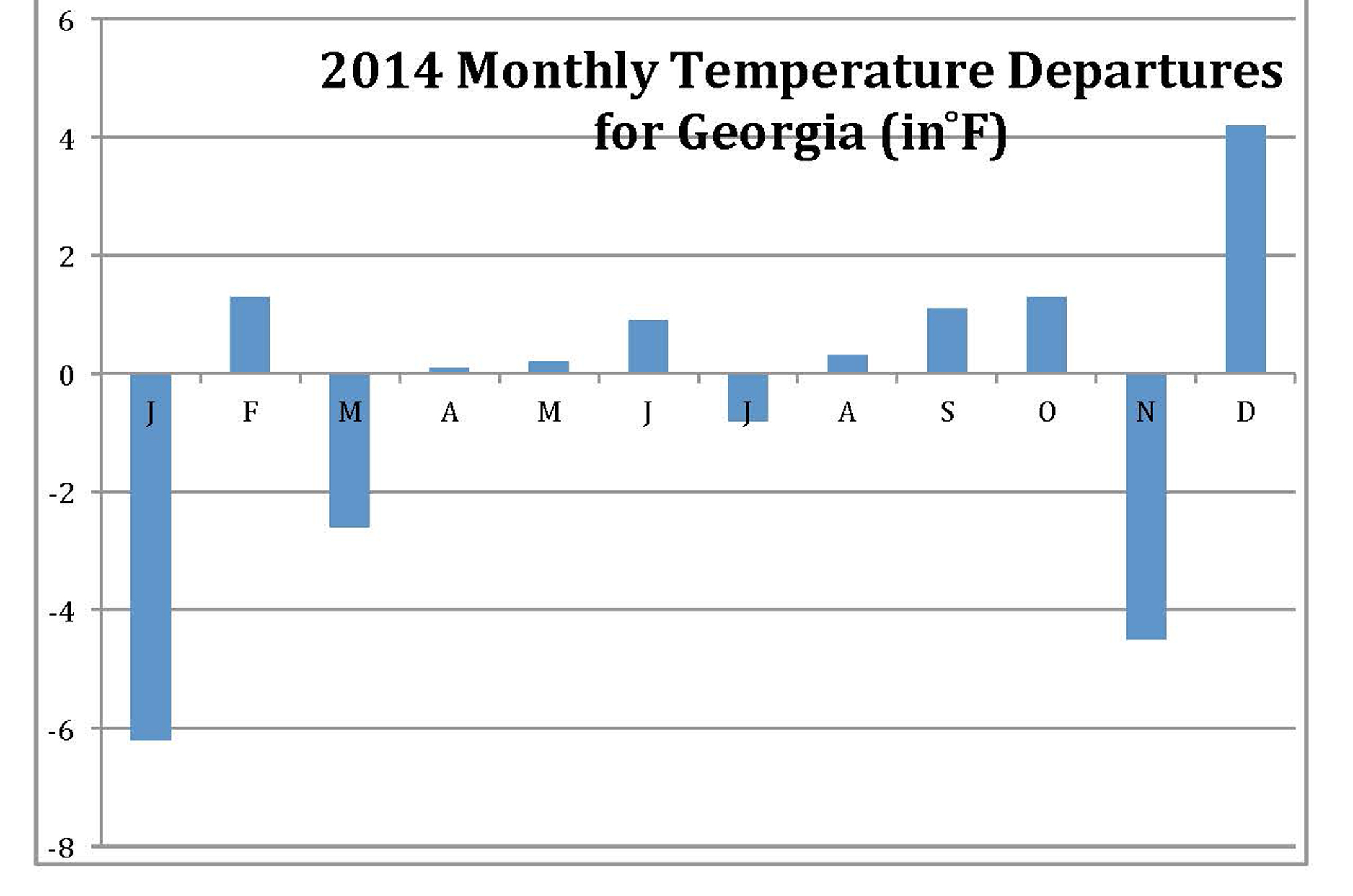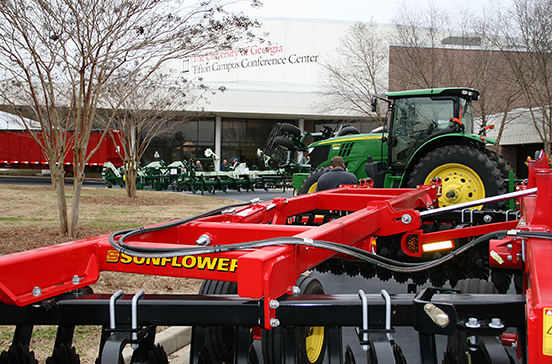Tropical Storms
Tropical storms may cause havoc for coastal homeowners, but the rainfall they bring recharges the water balance and keeps soil moist in the summer, according to University of Georgia climatologist Pam Knox. Lack of tropical storm activity in 2014 contributed to Georgia’s prolonged drought, she said.


.jpg)


